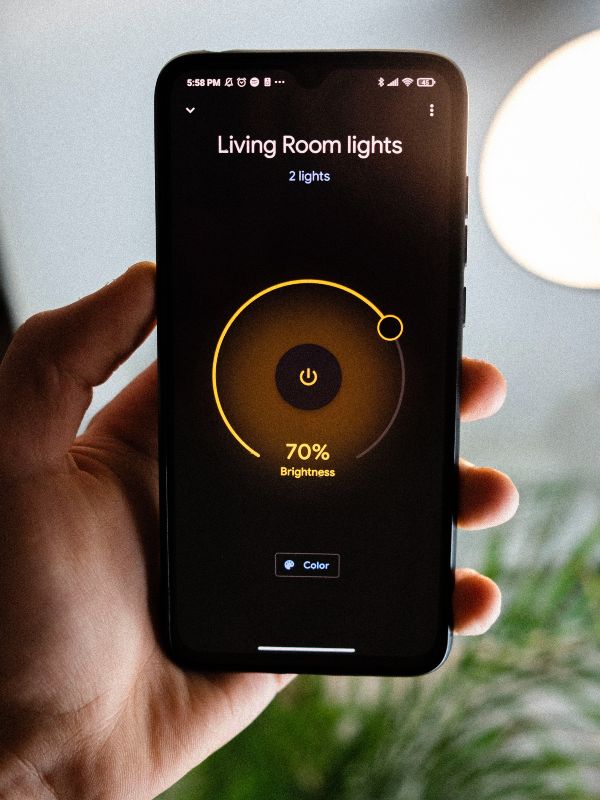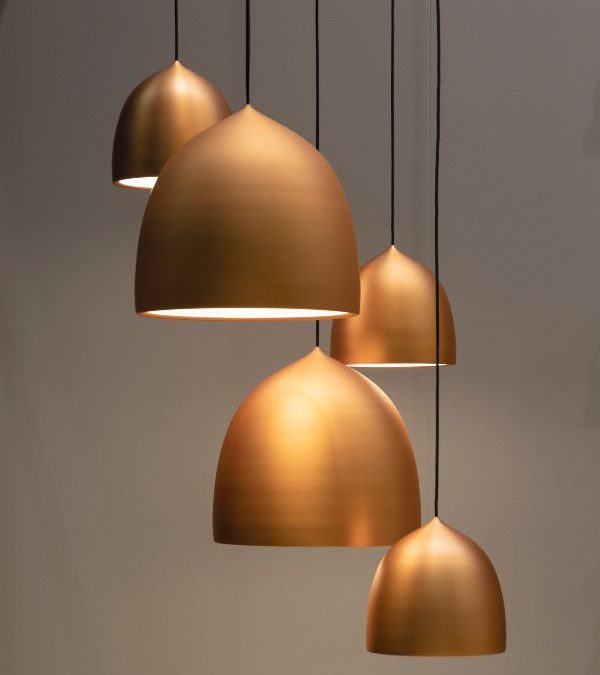Choosing the right lights for your home involves considering both functional and aesthetic factors. Here’s a step-by-step guide to help you make informed decisions:
1. Understand Your Needs:
Identify the purpose of each room. Do you need bright lights for tasks like cooking or reading, or do you prefer soft, ambient lighting for relaxation?
2. Types of Lighting:
- Ambient Lighting: Provides overall illumination to a room. It can be achieved through chandeliers, ceiling-mounted fixtures, or recessed lights.
- Task Lighting: Focuses on a specific area for tasks like reading, cooking, or working. Desk lamps, pendant lights, and under-cabinet lights are examples.
- Accent Lighting: Highlights specific features, such as artwork or architectural elements. Track lights, wall-mounted fixtures, and spotlights work well for this purpose.
3. Lighting Fixtures:
Choose fixtures that complement your home’s style. Consider the material, color, and design. For example, a modern home might benefit from sleek, minimalist fixtures, while a traditional home could use more ornate options.
4. Light Bulb Types:
- Incandescent: Warm and soft, but less energy-efficient.
- LED: Energy-efficient, long-lasting, and available in various color temperatures.
- CFL: Energy-efficient but may take time to reach full brightness and can have a bluish tint.
5. Colour Temperature:
Color temperature is measured in Kelvin (K). Lower values (2700-3000K) provide warm, yellowish light suitable for relaxing spaces. Higher values (5000-6500K) offer cooler, bluish light suitable for task-oriented areas.
6. Brightness (Lumens):
The brightness of a bulb is measured in lumens. Consider the room’s size and function when selecting the appropriate brightness level. For example, a living room might need around 1500-3000 lumens, while a reading nook might need 450-750 lumens.

7. Dimming Options:
Dimmable lights provide versatility, allowing you to adjust the brightness according to your needs and mood. Make sure your fixtures and bulbs are compatible with dimmer switches.
8. Energy Efficiency:
Opt for energy-efficient options like LED bulbs. They might cost a bit more upfront but can save you money in the long run due to their long lifespan and low energy consumption.
9. Placement and Layout:
Consider the height and location of fixtures. Ceiling height, furniture arrangement, and the room’s purpose will influence where lights should be placed.
10. Outdoor Lighting:
Extend your considerations to outdoor spaces as well. Use outdoor lighting to enhance curb appeal, improve security, and create an inviting atmosphere.
11. Smart Lighting:
If desired, you can explore smart lighting options that allow you to control the lights remotely, set schedules, and adjust color and brightness through your smartphone or smart home system.

12. Budget:
Set a budget for your lighting project. There’s a wide range of options available at different price points, so you can find something that fits your needs and budget.
13. Consult Professionals:
If you’re unsure, consider consulting with an interior designer or lighting specialist who can provide expert advice tailored to your home and preferences, or simply talk to us today!
Remember that lighting plays a significant role in the ambiance and functionality of your home, so take your time to make well-informed decisions that will create the desired atmosphere in each room.

